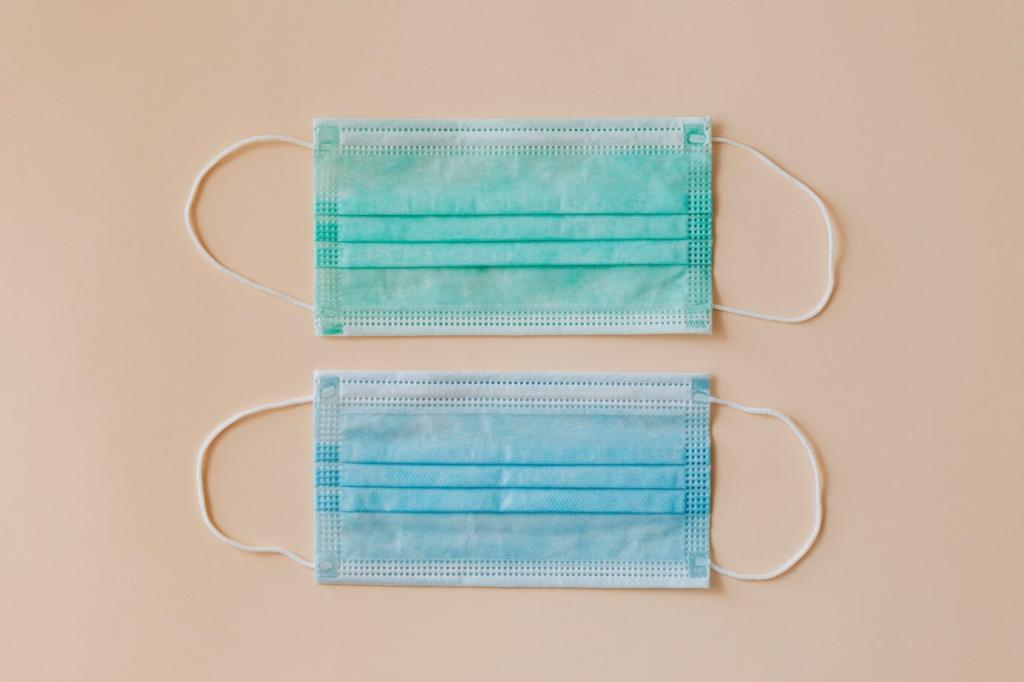Know Your Finish Before You Polish
In an inconspicuous spot, lightly rub with a cotton swab dipped in alcohol; shellac softens, lacquer responds to lacquer thinner, while polyurethane resists. Keep it minimal, patient, and gentle to avoid marring the existing finish while confirming compatibility before any polishing.
Know Your Finish Before You Polish
Veneers and inlays demand extra care because moisture or aggressive rubbing can lift edges or blur fine lines. Work with light pressure, avoid saturated cloths, and always run along the grain. If edges feel raised, pause and reassess before continuing any polishing pass.





